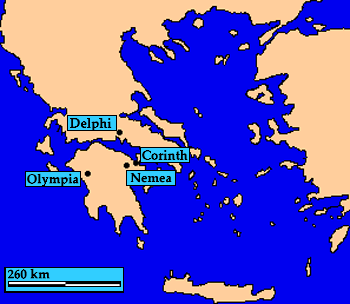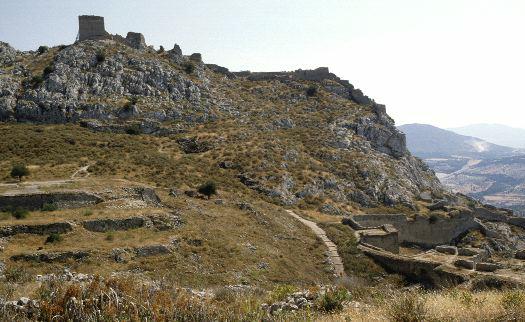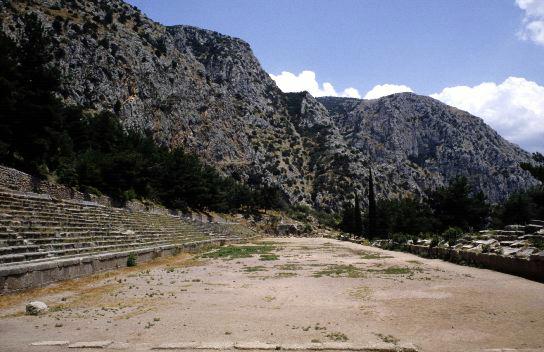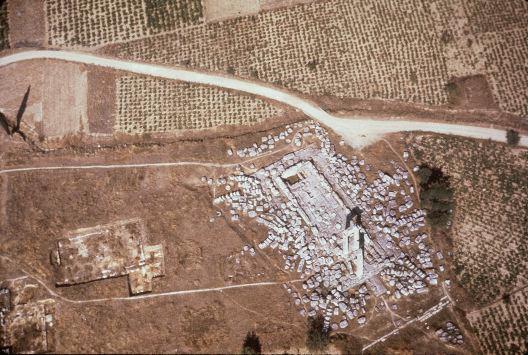





Frequently Asked Questions about the Ancient Olympic Games
- Where did the Olympic games come from?
- Why were they held at Olympia?
- Were there other contests like the Olympics?
- Who could compete in the Olympics?
- Were women allowed at the Olympics?
- How were the athletes trained?
- What prizes did Olympic victors get?
- Who were the Olympic judges?
- What was the penalty for cheating?
- Where did the marathon come from?
- When did the ancient games begin and when did they end?
Were there other contests like the Olympics?

There were 3 other major games which were held on 2- or 4-year cycles: the Isthmean Games at Corinth, the Pythian Games at Delphi, and the Nemean Games at Nemea. Because it started 200 years before the other competitions, the Olympics remained the most famous athletic contest in the ancient Greek world.

Photograph by Maria Daniels
Many athletes competed at several athletic festivals. Inscriptions on victor's statues at Olympia often describe victories in 2, 3, or even all 4 major athletic festivals. Pausanias's description of Olympian architecture includes a list of the more famous victors' statues, and summaries of their inscriptions such as this one:

Photograph by Michael Bennett
| "Polycles...likewise won a victory with a four-horse chariot, and his statue holds a ribbon in the right hand...as the inscription on him says, [he] also won the chariot-race at Pytho, the Isthmus and Nemea." (Pausanias 6.1.7) |

Photograph by Raymond V. Schoder, S.J., courtesy of Bolchazy-Carducci Publishers
To read more about these topics, see Further Resources.
This exhibit is a subset of materials from the Perseus Project database and is copyrighted. Please send us your comments.